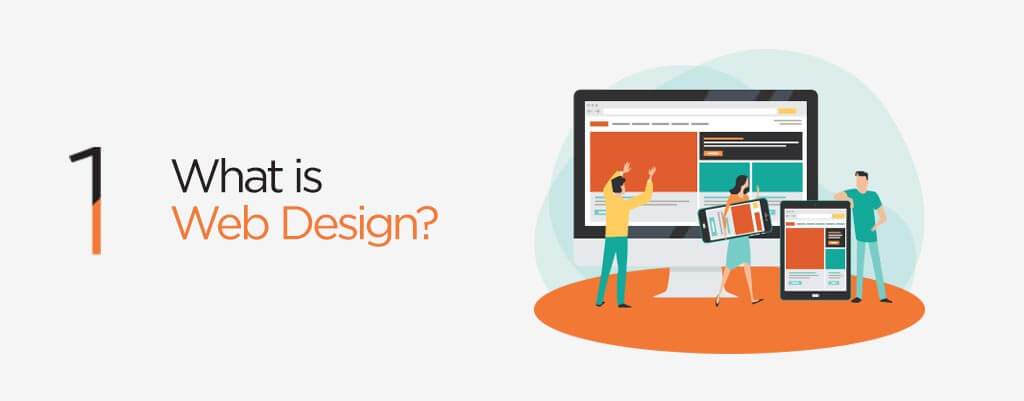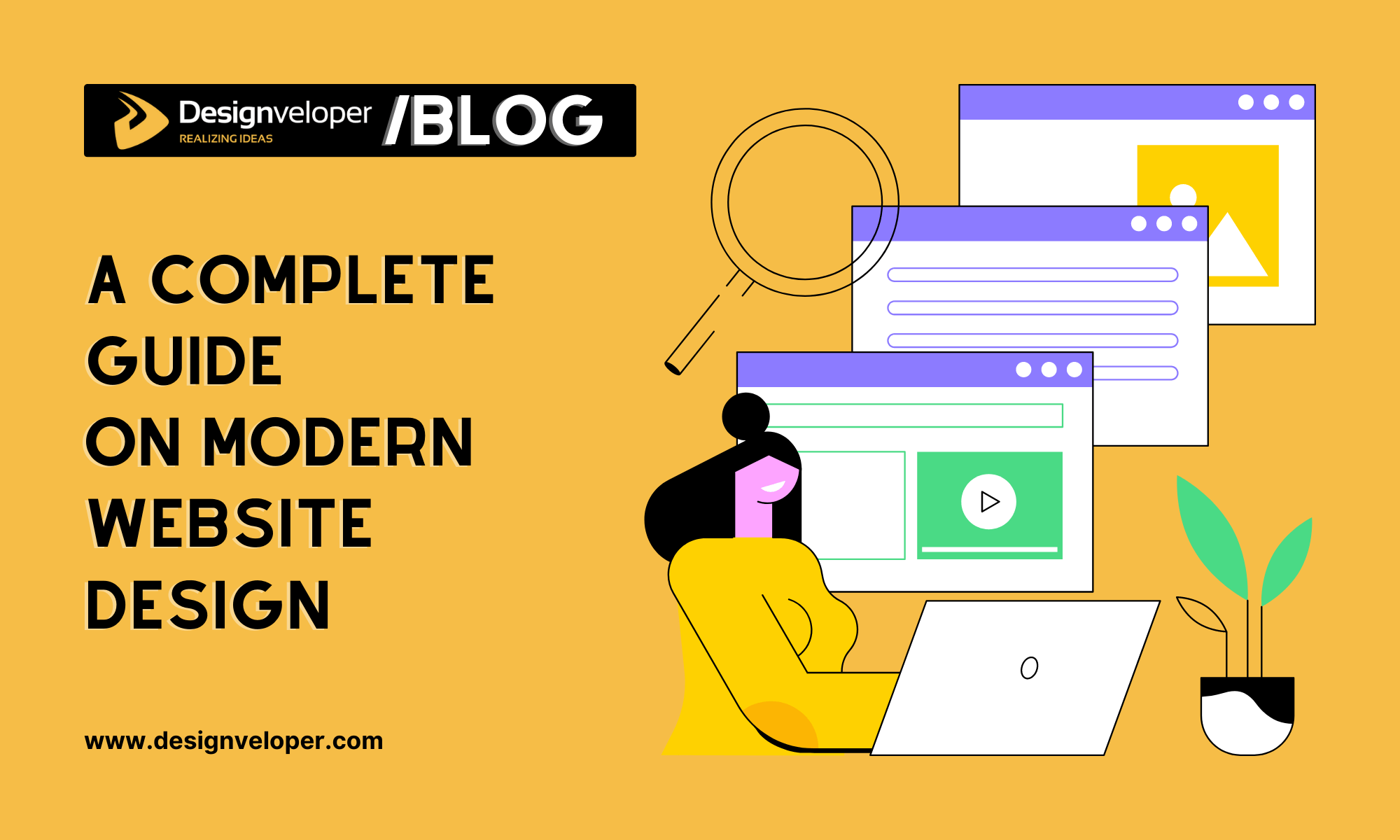Top Trends in Site Design: What You Need to Know
As the landscape of website design remains to progress, comprehending the most current patterns is necessary for developing reliable and interesting online experiences. Minimalism, dark setting, and mobile-first techniques are among the key themes forming contemporary style, each offering distinct advantages in customer involvement and functionality. Additionally, the focus on access and inclusivity emphasizes the significance of creating electronic atmospheres that satisfy all individuals. However, the effects of these trends exceed visual appeals; they stand for a change in how we regard individual interaction. What other factors are affecting these style options today?
Minimalist Style Visual Appeals
In the last few years, minimal design looks have emerged as a leading trend in website design, stressing simpleness and functionality. This method focuses on essential material and removes unneeded elements, thereby improving individual experience. By concentrating on clean lines, ample white space, and a minimal color palette, minimalist styles promote easier navigation and quicker lots times, which are vital in preserving users' attention.
Typography plays a considerable duty in minimalist design, as the selection of typeface can evoke certain feelings and assist the user's trip with the material. The strategic usage of visuals, such as high-quality photos or subtle animations, can boost individual engagement without frustrating the overall visual.
As digital spaces proceed to develop, the minimal style principle continues to be appropriate, satisfying a varied audience. Companies adopting this pattern are frequently regarded as contemporary and user-centric, which can significantly affect brand name understanding in a significantly competitive market. Ultimately, minimalist layout looks use an effective service for reliable and attractive website experiences.
Dark Setting Popularity
Welcoming a growing trend among individuals, dark setting has gotten substantial popularity in website layout and application interfaces. This style strategy features a mostly dark color combination, which not just enhances visual allure but likewise reduces eye stress, specifically in low-light environments. Individuals significantly value the convenience that dark mode supplies, resulting in much longer engagement times and a more enjoyable browsing experience.
The fostering of dark setting is also driven by its perceived benefits for battery life on OLED displays, where dark pixels eat less power. This useful advantage, integrated with the fashionable, modern-day look that dark themes offer, has actually led several developers to include dark setting alternatives right into their tasks.
Moreover, dark mode can create a feeling of depth and focus, accentuating essential elements of a site or application. web design company singapore. Consequently, brands leveraging dark mode can enhance user interaction and create a distinct identification in a jampacked industry. With the fad remaining to increase, integrating dark mode right into website design is coming to be not simply a choice yet a typical expectation amongst individuals, making it important for programmers see it here and designers alike to consider this aspect in their projects
Interactive and Immersive Components
Frequently, developers are including interactive and immersive aspects right into websites to improve individual interaction and create remarkable experiences. This fad responds to the enhancing expectation from customers for even more dynamic and personalized communications. By leveraging features such as computer animations, videos, and 3D graphics, websites can attract individuals in, fostering a deeper link with the material.
Interactive elements, such as tests, polls, and gamified experiences, urge visitors to proactively take part instead of passively consume info. This interaction not just keeps users on the site much longer yet likewise increases the chance of conversions. Additionally, immersive innovations like virtual fact (VR) and increased truth (AR) offer one-of-a-kind chances for organizations to showcase product or services in a much more compelling way.
The incorporation of micro-interactions-- little, refined computer animations that respond to individual actions-- additionally plays an essential function in enhancing functionality. These communications provide feedback, improve navigation, and produce a feeling of fulfillment upon conclusion of jobs. As the digital landscape remains to develop, making use of interactive and immersive aspects will continue to be a substantial emphasis for developers intending to develop interesting and efficient online experiences.
Mobile-First Strategy
As the frequency of smart phones continues to surge, taking on a mobile-first technique has become vital for web designers aiming to enhance customer experience. This strategy emphasizes designing for mobile devices prior to scaling approximately bigger screens, guaranteeing that the core performance and material are available on the most commonly made use of platform.
One of the primary benefits of a mobile-first strategy is enhanced performance. By focusing on mobile style, web sites are streamlined, reducing lots times and improving navigation. This is particularly important as individuals expect fast and receptive experiences on their mobile phones and tablets.

Accessibility and Inclusivity
In today's digital landscape, ensuring that sites are easily accessible and inclusive is not just an ideal method but a basic need for getting to a diverse target market. As the web continues to function as a primary methods of communication and commerce, it is important to identify the varied demands of individuals, including those with impairments.
To achieve real ease of access, internet designers have to abide by developed guidelines, such as the Internet Content Availability Guidelines (WCAG) These standards emphasize the value of offering message alternatives for non-text web content, ensuring key-board navigability, and maintaining a rational content framework. Furthermore, comprehensive design methods click for info expand beyond conformity; they entail creating a customer experience that accommodates different capacities and preferences.
Integrating attributes such as flexible text sizes, color comparison alternatives, and screen reader compatibility not only enhances functionality for people with handicaps but likewise enhances the experience for all customers. Inevitably, prioritizing accessibility and inclusivity fosters a much more equitable electronic atmosphere, urging wider engagement and involvement. As businesses increasingly recognize the moral and economic imperatives of inclusivity, integrating these concepts into website design will become an important element of effective online strategies.
Final Thought
